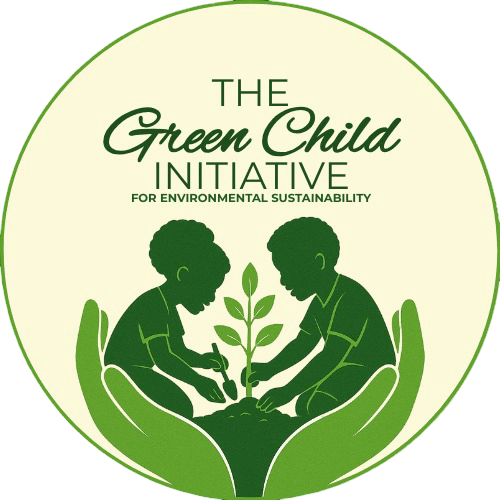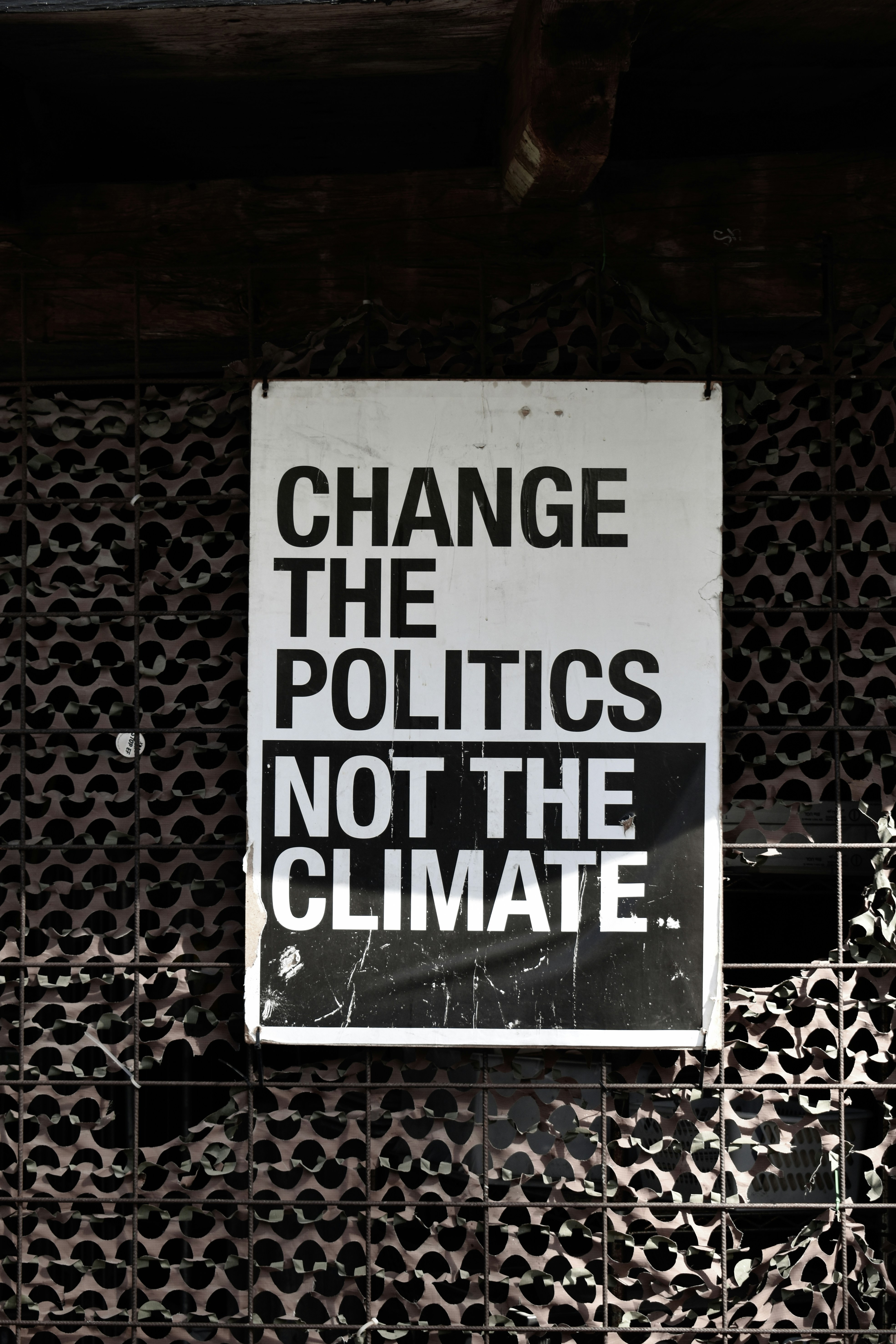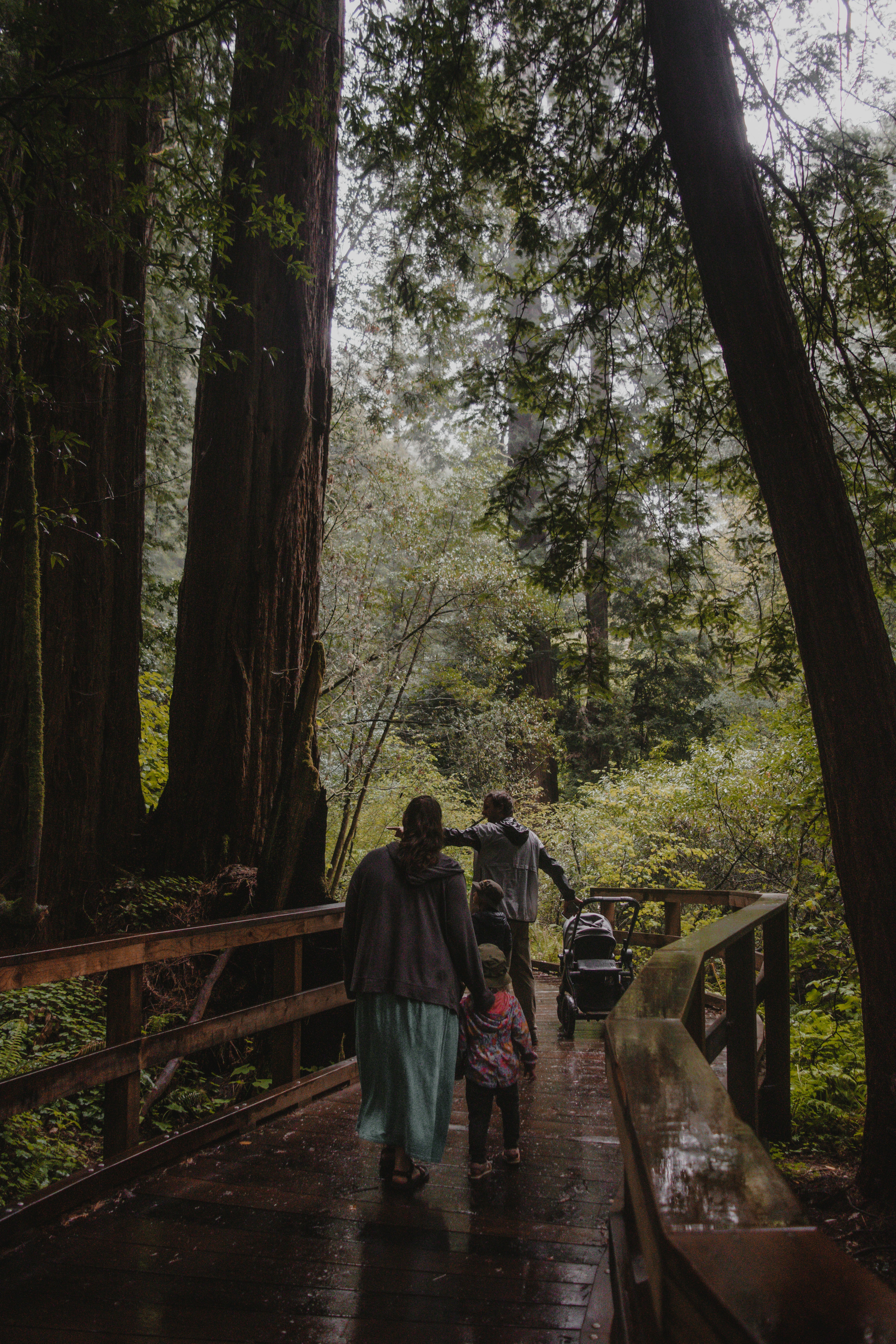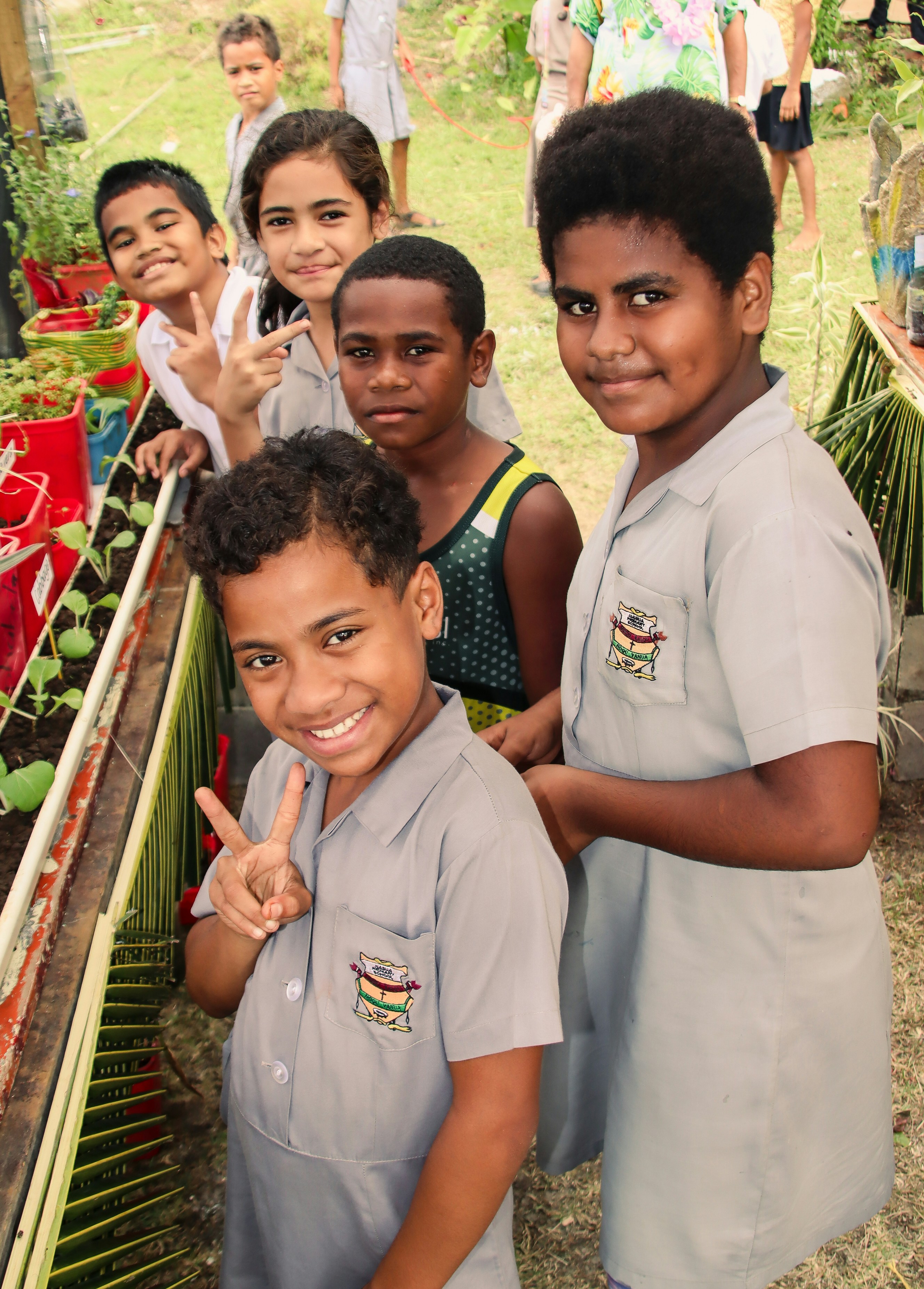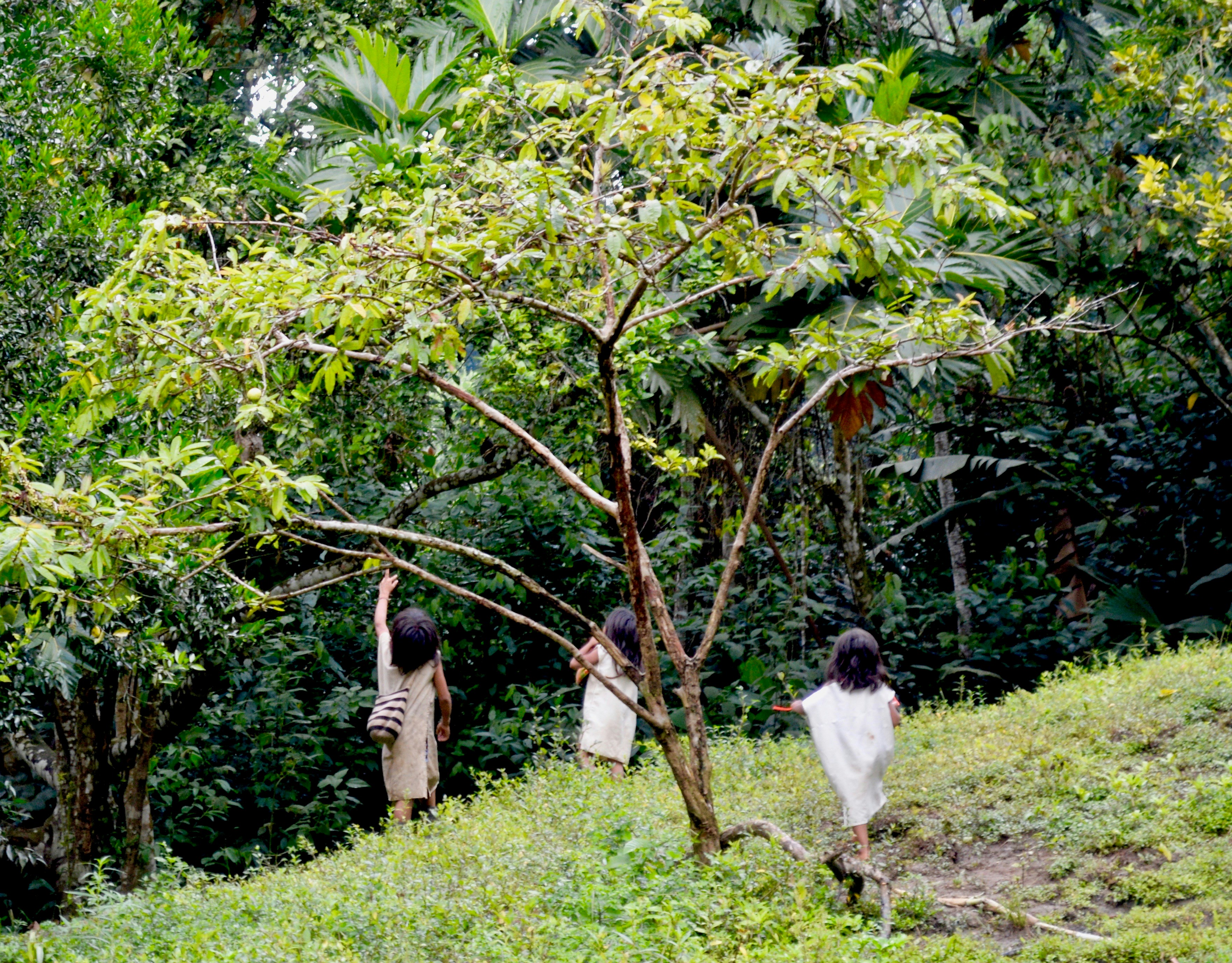Understanding Climate Change: A Simplified Explanation
Climate change refers to the long-term changes in weather patterns and temperatures on Earth. To make this concept easier to grasp for children, we can think of our planet as a big blanket. This blanket keeps us warm by trapping some of the heat from the Sun. However, when we use fossil fuels like coal, oil, and natural gas for energy, we add extra layers to this blanket, known as greenhouse gases.
Greenhouse gases, such as carbon dioxide and methane, are released when we burn these fuels. Imagine if you wore too many blankets on a hot day; you would become uncomfortably warm. Similarly, when there are too many greenhouse gases in our atmosphere, they trap more heat than necessary, causing the Earth’s temperature to rise. This phenomenon is known as global warming.
It is also essential to differentiate between weather and climate. Weather is what we experience day-to-day, like sunny, rainy, or snowy conditions. Climate, on the other hand, is the average weather over a long period, typically 30 years or more. For example, a region may experience hot summers and cold winters consistently, which defines its climate.
To illustrate this, we can use the analogy of a microwave. When you place food in a microwave, it heats up quickly, just as weather can change rapidly. In contrast, the oven requires more time to cook a dish thoroughly, representing climate, as it takes years and decades to notice significant changes in Earth’s atmosphere. By sharing such relatable examples, children can better understand the basics of climate change and the importance of protecting our planet.
Why is Climate Change Important for Kids?
Teaching children about climate change is crucial as it equips them with the knowledge they need to understand the world around them. Young people are the future stewards of our planet, and their awareness and actions will shape its future. By grasping the complexities of climate change, kids can recognize the consequences of human activities on the environment and make informed choices that contribute positively to ecological sustainability.
Understanding climate change is not just about grasping scientific concepts; it also helps children develop a sense of responsibility towards their community and the planet. When kids learn about the effects of global warming, such as extreme weather patterns and the endangerment of species, they are more likely to cultivate a concern for environmental issues. This emotional connection motivates them to adopt eco-friendly practices in their daily lives, whether it be through recycling, conserving energy, or advocating for change within their communities.
Additionally, discussions about climate change can serve as a platform for promoting critical thinking and problem-solving skills. Teachers and parents can engage children in projects that explore effective solutions to combat climate change, such as renewable energy alternatives or wildlife conservation efforts. Encouraging inquisitive minds to ask questions fosters a curiosity that can lead to innovative ideas for addressing environmental challenges in the future.
To foster a deep connection with these issues, both parents and teachers should create environments that nurture open discussions about climate change. Activities such as nature walks, gardening, or involvement in local environmental initiatives can help children appreciate the natural world and understand the significance of their role in protecting it. Understanding climate change from an early age ensures that future generations are well-prepared to tackle the environmental challenges that lie ahead and to advocate for a sustainable future for our planet.
Teaching Tips: Engaging Activities for Kids
Engaging children in the topic of climate change can be both fun and educational. Incorporating interactive activities into lessons helps foster a deeper understanding of environmental issues. One effective approach is through hands-on projects. For instance, kids can participate in creating a small garden, which teaches them about ecosystems, plant growth, and the importance of biodiversity. This activity can serve as a practical lesson in how humans impact the environment and the importance of nurturing plants that contribute positively to their surroundings.
Outdoor exploration offers another valuable avenue for learning. Organizing a nature walk allows children to observe their local environment and discuss concepts such as pollution, conservation, and the role of different species in their ecosystem. Using tools like magnifying glasses or field guides can make this exploration more engaging. Encourage kids to take notes or draw their observations, enhancing their connection with nature and fueling discussions about climate change.
Creative arts and crafts are also excellent tools for teaching about climate change. Children can create posters or collages that illustrate their understanding of environmental elements, such as renewable energy sources or the impact of plastic pollution. Such creative projects allow them to express their ideas artistically while reinforcing the content they learn. Additionally, incorporating age-appropriate books and documentaries can supplement these activities. Titles that focus on climate change or environmental themes can stimulate discussions in the classroom or at home. Games that revolve around problem-solving in relation to climate challenges can further enhance engagement and learning.
By combining these different approaches, educators and parents can highlight the significance of experiential learning in comprehending climate change. The goal is to instill a sense of responsibility and awareness in children towards their environment, paving the way for informed future generations.
Action Steps: How Kids Can Help Combat Climate Change
Addressing climate change requires the participation of everyone, including children. Children can play a vital role in combating climate change through various simple but effective actions in their everyday lives. One of the most impactful steps is recycling. Kids can learn to sort waste correctly and understand the importance of recycling materials such as paper, plastic, and metal. By reducing, reusing, and recycling, they can contribute to decreasing waste and conserving natural resources, ultimately playing a part in minimizing pollution and energy consumption.
Another effective action step is water conservation. Educating children about the value of this precious resource can inspire them to adopt habits such as turning off the faucet while brushing their teeth or taking shorter showers. Additionally, kids can be encouraged to collect rainwater for plants, understanding how this practice protects local water supplies and promotes sustainability.
Reducing energy use is also crucial in efforts to combat climate change. Encouraging children to turn off lights when leaving a room, use natural light during the day, and unplug devices when not in use are excellent practices they can adopt. These small actions can lead to significant reductions in energy consumption, helping to lower greenhouse gas emissions.
Moreover, participating in local clean-up events allows children to engage with their communities while enhancing their awareness of environmental stewardship. Events such as park or beach clean-ups foster a sense of responsibility and teamwork among peers. Kids can also share their knowledge about climate change with others, creating discussions that may inspire friends and family to take action as well.
By taking these small yet meaningful steps, children can actively contribute to the battle against climate change, fostering environmental awareness and driving collective action within their communities.


